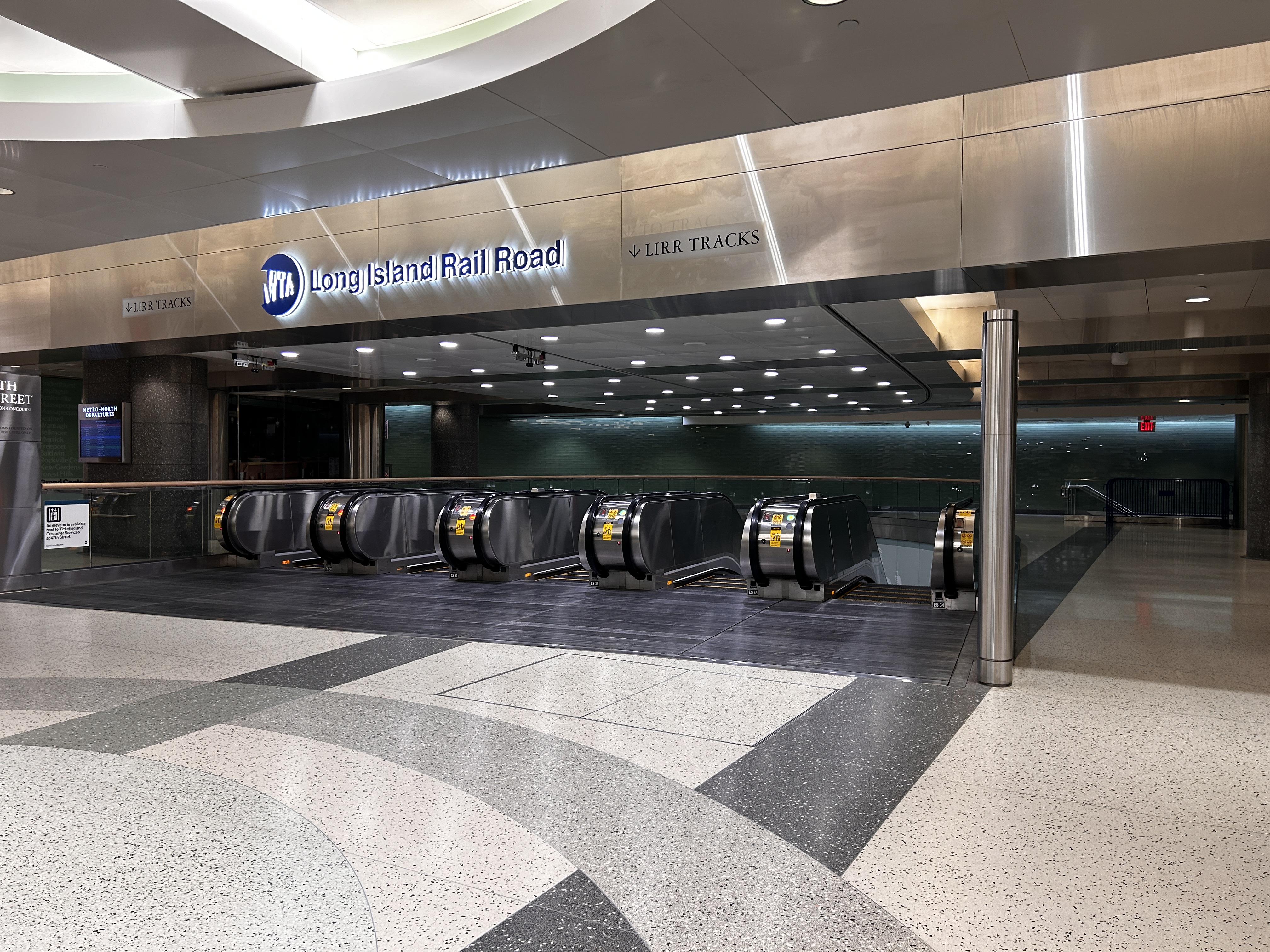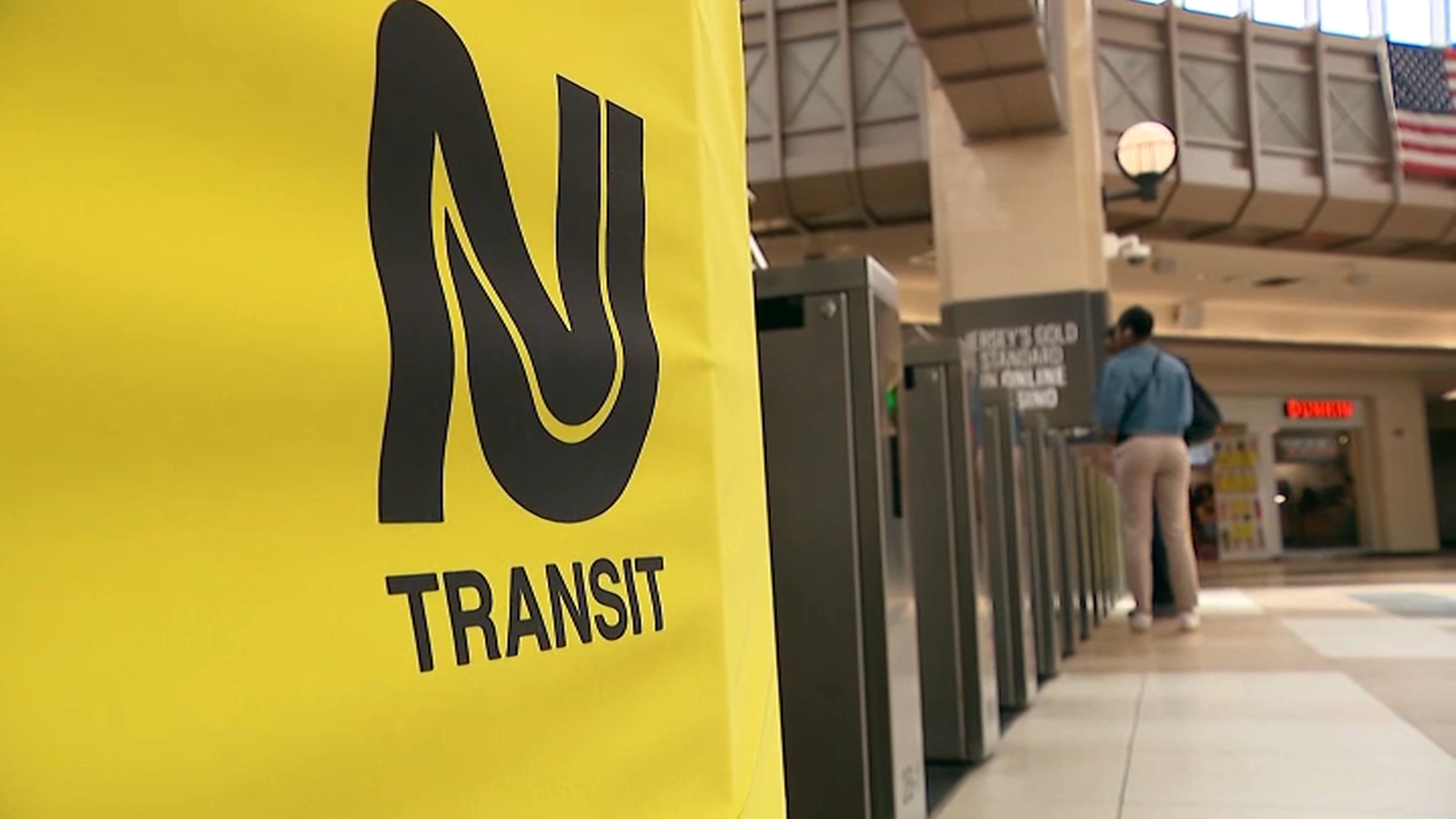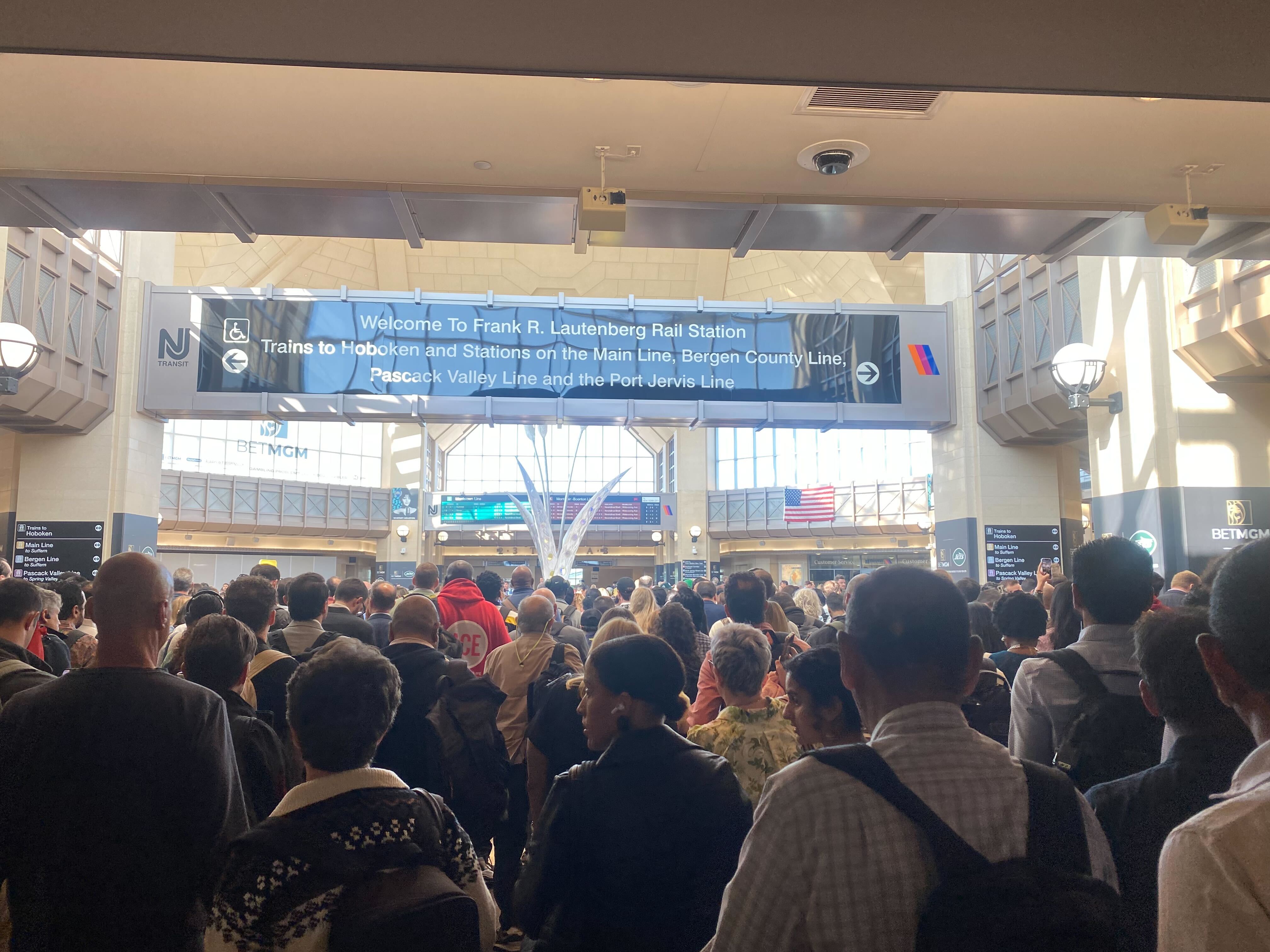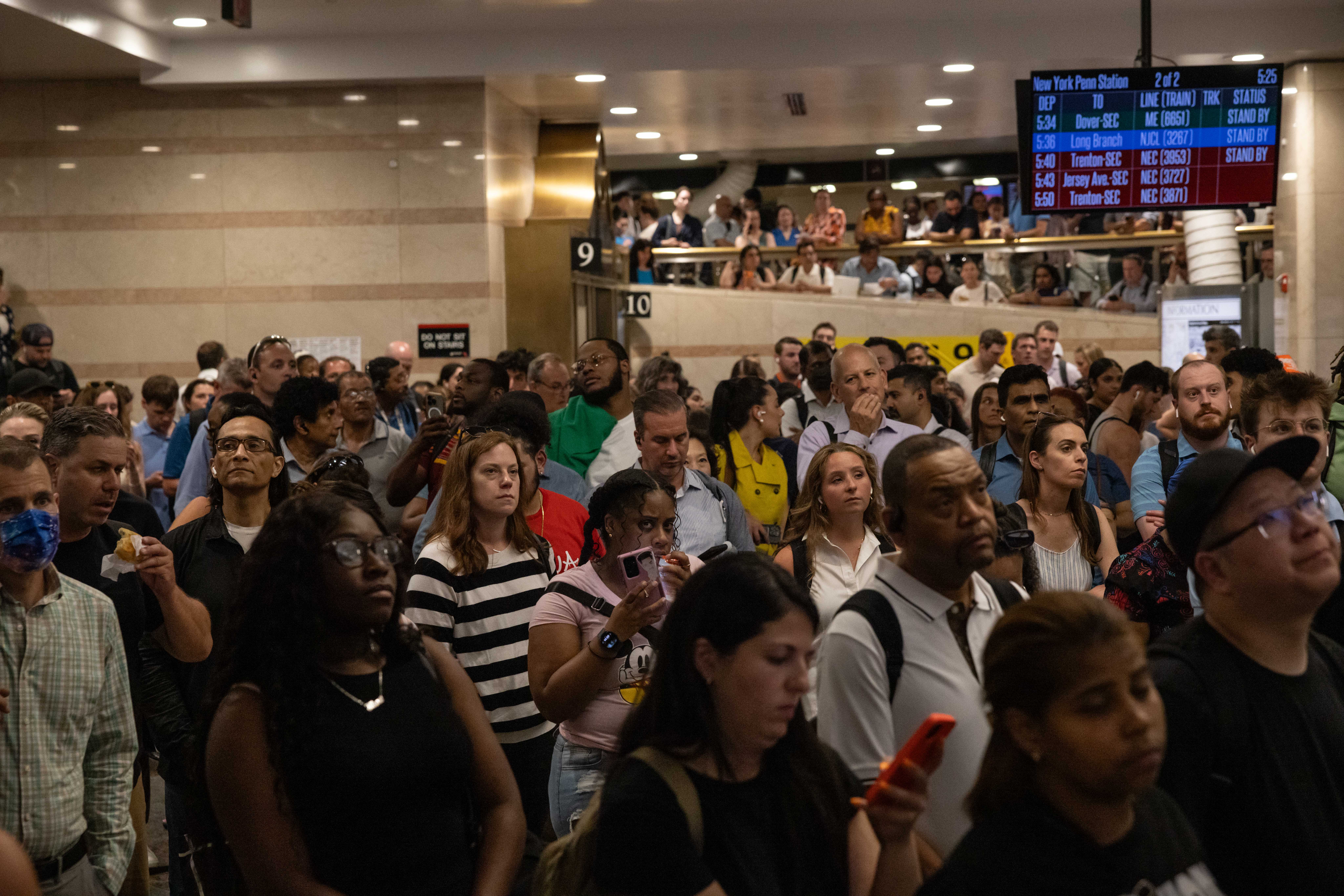LIRR Delays: Penn Station Commute Chaos & How to Survive
LIRR Penn Station Chaos: Tunnel Power Issue Disrupts Commute
Navigating the LIRR Nightmare: A Commuter's Guide
Ugh, Monday mornings, am I right? And Wednesday mornings? Well, apparently *any* morning can turn into a transit disaster for Long Island Rail Road (LIRR) commuters heading into Penn Station. On Wednesday, a power issue in one of the East River tunnels threw a wrench into everyone’s plans, causing delays, cancellations, and a whole lot of frustration. So, what exactly happened and how can you avoid this headache in the future? Let's dive in.
The Culprit: An Amtrak Power Problem
The LIRR pointed fingers at Amtrak, saying the chaos stemmed from a power issue in one of the East River tunnels. Basically, the arteries of our commute got clogged, and we all suffered the consequences. Doesn’t that just make you want to scream into a pillow?
Overnight Work Gone Wrong
According to Amtrak's statement, crews were working overnight on Line 4 in Queens, just outside the East River Tunnel. The work overran its allotted "outage period," meaning they didn't finish in time for the morning rush. Whoops. Talk about starting the day off on the wrong foot! You’d think they’d be more careful, right? After all, the entire city’s clock seems to be running on the LIRR schedule. Or at least, it *tries* to.
The Commute Carnage: Delays and Diversions
Imagine this: you're already running late, and then you see that dreaded notification pop up on your phone: "LIRR Delay." Your heart sinks. The LIRR website reported that many lines were affected, causing delays and even cancellations. How many more minutes (or hours!) will you be stuck staring at the back of someone’s head?
Trains Re-Routed to Grand Central
To add insult to injury, some trains headed for Penn Station were diverted to Grand Central. Great, now you're not only late, but you're also in the wrong location! Did anyone ever tell you that you’ll be taking a scenic detour via midtown during the morning rush when you bought your train ticket? This meant commuters had to scramble to find alternative routes to their final destinations. Think of it as an unexpected bonus cardio workout before starting the workday. You know, if you’re into that sort of thing.
Checking the LIRR's Pulse: Stay Informed
In times like these, knowledge is power. The LIRR advised passengers to check their website or the MTA app for the latest train status updates. This is like checking the weather forecast before heading out – it might save you from getting soaked (or, in this case, stranded).
The LIRR Website: Your Commute Lifeline
The LIRR website is usually updated in real time with information about delays, cancellations, and service changes. Is it the most user-friendly website ever? Debatable. But it's still the best place to get official information. I mean, who do you trust more? Your friend that's always late, or the LIRR’s own website?
The MTA App: A Portable Panic Room
The MTA app is like having a pocket-sized transit guru. You can track your train, see real-time arrival information, and even get alerts about service changes. Plus, you can entertain yourself with the trip planner. It's the perfect companion for a stressful commute. Just don’t get too addicted. It's tempting, I know.
Why the East River Tunnels Matter
The East River Tunnels are critical infrastructure for the LIRR, serving as the primary link between Long Island and Manhattan. Think of them as the veins carrying the lifeblood of our economy. Any disruption in these tunnels has a ripple effect, impacting thousands of commuters. This wasn’t just a minor inconvenience; it was a major arterial blockage.
The Tunnel Network: A Complex System
The East River Tunnels are a complex network of underwater passageways. Maintaining them is a constant challenge, and even minor issues can lead to significant disruptions. It’s kind of like your plumbing; if something goes wrong, it can get messy real fast.
Amtrak's Apology: Is It Enough?
Amtrak issued an apology for the inconvenience caused by their overnight work. Okay, they said sorry. Is that enough to make up for the missed meetings, the frantic phone calls, and the general sense of chaos? Probably not. But at least they acknowledged the problem. "We apologize for the inconvenience to Long Island Rail Road passengers," their statement read. I guess it’s better than nothing. But I also think they should start offering free coffee on delay days!
Holding Amtrak Accountable
While apologies are nice, they don't fix the problem. It’s important to hold Amtrak accountable for these disruptions. It’s time they invested in better project management so that their overnight work doesn't become our morning nightmare. Come on, people! Let’s think this through.
The Recurring Commute Calamity: Is There a Solution?
Unfortunately, LIRR delays are a common occurrence. It's like Groundhog Day, but with trains. So, what can be done to prevent these recurring issues? Is there a light at the end of the tunnel (pun intended)?
Infrastructure Investments: A Long-Term Fix
One solution is to invest in upgrading the LIRR's infrastructure. This includes modernizing the power systems, replacing aging equipment, and improving tunnel maintenance. These investments are essential for ensuring a reliable and efficient commute. It's like giving the LIRR a much-needed tune-up.
Communication is Key: Improving Passenger Information
Another important step is to improve communication with passengers. The LIRR needs to provide timely and accurate information about delays and service changes. This can help commuters make informed decisions and avoid unnecessary stress. Because stress is the last thing anyone needs on top of this mess!
Preparing for the Next LIRR "Adventure"
Let's face it: LIRR delays are likely to happen again. So, how can you prepare for the next inevitable commute "adventure?"
Plan Ahead: Alternative Routes
Always have a backup plan. Know alternative routes to your destination, and consider using other modes of transportation, such as buses or subways. You can also consider carpooling with a fellow commuter, if you are into that kind of thing. Having options can help you avoid getting completely stranded.
Embrace the Chaos (Sort Of)
Sometimes, the best thing you can do is to accept the chaos and try to make the most of it. Bring a book, listen to a podcast, or catch up on work. Use the extra time to do something productive (or at least something enjoyable). After all, the train has become your new office, whether you like it or not.
Conclusion: Staying Sane on the LIRR
The LIRR power issue that disrupted commutes to Penn Station is a reminder of the challenges of our aging transportation infrastructure. While delays and cancellations are frustrating, staying informed, planning ahead, and maintaining a sense of humor can help you navigate the chaos. And hopefully, with continued investments and improvements, these disruptions will become less frequent. Until then, hang in there, fellow commuters!
Frequently Asked Questions
Here are some frequently asked questions to help you navigate the LIRR:
What causes most LIRR delays?
While many factors contribute to LIRR delays, common causes include track maintenance, signal problems, equipment failures, and weather-related issues. As we found out here, Amtrak work can also cause them.
How can I get real-time LIRR updates?
The best ways to get real-time LIRR updates are through the LIRR website, the MTA app, and Twitter. You can also sign up for email or text alerts. These will allow you to be up-to-date and possibly avoid the chaos.
What is the LIRR's on-time performance rate?
The LIRR's on-time performance rate varies, but it typically hovers around 90%. However, this can fluctuate depending on weather conditions and other factors. Keep in mind, 90% is an average, and some routes are notoriously worse than others.
What should I do if my LIRR train is canceled?
If your LIRR train is canceled, check the LIRR website or MTA app for alternative trains or bus connections. You can also speak to an LIRR employee for assistance. Try to remain calm. It is frustrating, but it is the best thing you can do.
How can I file a complaint about LIRR service?
You can file a complaint about LIRR service on the MTA website or by calling customer service. Be sure to include the date, time, train number, and details of the incident. This feedback can help improve the LIRR’s service in the future. Don’t be shy!





